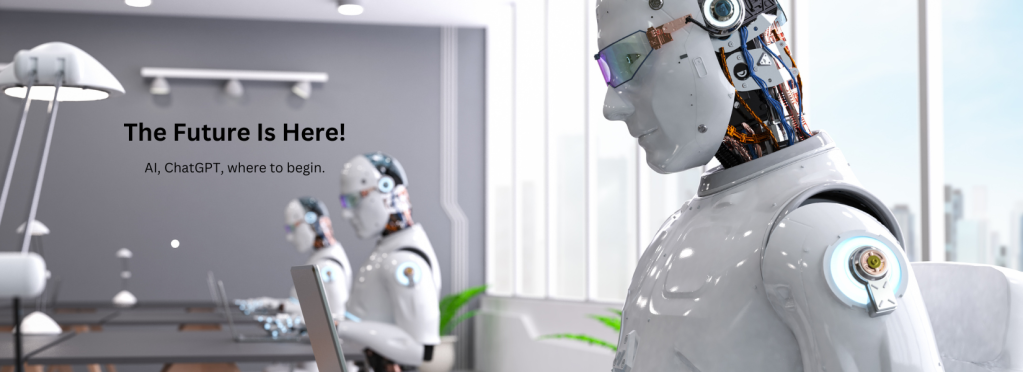
A Simple Guide to Generative AI and ChatGPT
Introduction
In the ever-evolving landscape of technology, two terms that have gained prominence are “Generative AI” and “ChatGPT.” These technologies are at the forefront of artificial intelligence, playing a crucial role in creating human-like text and engaging conversations. Let’s explore these concepts in the simplest of terms for those who are just starting to delve into the world of AI.
Generative AI: Bringing Imagination to Machines
Generative AI is a branch of artificial intelligence that focuses on creating something new, be it text, images, or even music. Unlike traditional AI models that rely on pre-defined rules, generative AI has the ability to generate content autonomously, much like a human artist or creator.
At the heart of generative AI are models that learn patterns and structures from vast amounts of data. These models, often based on neural networks, are trained to understand the relationships within the data and then use that knowledge to generate new, similar content. In simpler terms, think of generative AI as a creative machine that can come up with original ideas based on what it has learned.
ChatGPT: Conversations with a Virtual Friend
ChatGPT, developed by OpenAI, is a specific application of generative AI tailored for natural language processing. It takes the capabilities of generative AI and applies them to the realm of conversation. In essence, ChatGPT is like having a chat with a computer program that understands and responds to human language in a way that feels remarkably natural.
The technology behind ChatGPT is built on a massive neural network that has been trained on diverse and extensive datasets containing examples of human language. This training equips ChatGPT to understand context, generate relevant responses, and engage in coherent and contextually appropriate conversations.
How ChatGPT Works
ChatGPT operates by predicting the next word or sequence of words in a sentence based on the context of the preceding words. It doesn’t just rely on pre-programmed responses but learns from the input it receives in real-time. This dynamic learning process allows ChatGPT to adapt to a wide range of topics and conversational styles.
Applications of Generative AI and ChatGPT
Generative AI and ChatGPT have found applications in various fields, from content creation and storytelling to customer service and virtual assistants. Here are a few examples:
- Content Creation: Generative AI can be used to generate creative content, such as writing articles, poetry, or even composing music.
- Conversational Interfaces: ChatGPT can power chatbots and virtual assistants, providing users with a more natural and interactive experience.
- Language Translation: Generative AI models can be trained to translate text from one language to another, improving communication across diverse linguistic backgrounds.
- Educational Tools: ChatGPT can be used as a tutoring tool, helping users learn new concepts through interactive conversations.
Conclusion
Generative AI and ChatGPT represent exciting advancements in the field of artificial intelligence, bringing creativity and natural language understanding to machines. As these technologies continue to evolve, we can expect even more innovative applications that enhance our interaction with computers and redefine the possibilities of human-computer collaboration. Whether it’s generating imaginative content or engaging in a chat that feels remarkably human-like, generative AI and ChatGPT are at the forefront of making machines more intelligent and interactive.
#ai #chatgpt #smallbusiness #entrepreneur #creative #creator #bembrybusiness
